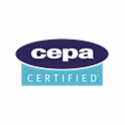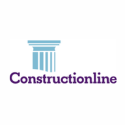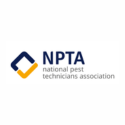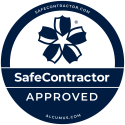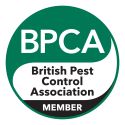When a pest complaint comes in, it is easy to focus on the flat where someone has seen a mouse or an insect. It feels like the quickest way to respond. But in most multi occupancy buildings, the flat is not the real issue, it’s the building structure.
Rodents, insects and even birds take advantage of weaknesses in the building long before anyone reports them. By the time a resident sees activity, pests have usually been moving through voids, pipe runs or external defects for weeks or months.
For landlords and managing agents, this means a shift in approach. Pest control is most effective when it focuses on the building and its infrastructure, not individual units. A preventative strategy saves time, reduces cost and keeps residents safe.
Below are the three most reliable actions you can take, along with the detail that makes them work in practice.
A building audit is the foundation of successful pest control. It shows how pests are entering, where they are travelling and what is encouraging them to remain. Without this information, any treatment is temporary.
A professional audit should include:
Rats will use the sewer system as their main route into buildings. A damaged drain, a missing interceptor cap or a redundant connection provides direct access.
A proper survey might involve a CCTV inspection, followed by repairs and the installation of a rat blocker if needed.
Rodents need only a small gap to enter, often as little as 6 mm for mice.
A good inspection covers broken air vents, gaps where pipes enter the building, cracks in brickwork, deteriorating pointing and damaged fascia. Each of these creates a point of entry or an internal travel route.
Loose tiles, open eaves and unsealed roof voids allow both rodents and birds to enter. Birds also create contamination risks with guano, which can cause corrosion and block gutters.
Where required, inspections may involve ladders, pole cameras or rope access.
Pests do not stay in one place. They move through risers, boiler cupboards, voids under kitchen units and gaps behind appliances. They also exploit cracks in surfaces and damaged worktops, which makes cleaning difficult and encourages insects. This part of the audit tracks movement routes as well as entry points.
Moisture and warm, stagnant air support insect activity. Poor ventilation can encourage cockroaches, silverfish and stored product pests. A thorough check includes identifying damp areas, broken vents and blocked air bricks.
Issues with refuse are one of the most common causes of ongoing infestation. Poorly sealed bin stores, overflowing containers or shared commercial bins attract rats, mice and flies to the site in the first place. Once attracted, they will explore, looking out for access points to the building.
An audit makes the invisible visible. It gives you a list of practical improvements that make future infestations far less likely.
Reactive visits deal with the symptom, not the cause. They usually involve a technician treating the flat where something has been seen and leaving again. It feels helpful in the moment, but the underlying route remains active.
Planned inspections change that by focusing on the areas where activity begins.
An effective planned programme includes:
Basements, plant rooms, bin stores, lift motor rooms, roof spaces and external perimeters need regular attention. These are the areas where early warning signs appear.
Rodent bait stations, nontoxic blocks, insect monitors and high-risk area traps allow you to spot activity before residents notice anything.
Monitors are checked and updated through the year, creating a consistent picture of the site.
Planned visits identify gaps, breaks and vulnerabilities so they can be sealed or repaired. This might involve sealing pipe entries, repairing vents, improving refuse storage or installing rat blockers. Proofing is often the most effective long term control measure.
If a flat has an issue introduced by a resident, for example bed bugs or cockroaches, the contract should allow for a separate visit without triggering unnecessary emergency attendance across the whole building.
The purpose of planned inspections is to get ahead of the problem. When you do that, call outs become rare rather than expected.
Records of the proactive pest control are important they show exactly what has been found, what action has been taken and what still needs attention. A good record begins with clear inspection notes that explain where activity or defects were identified and what should happen next. These notes are supported by photographs, which help illustrate structural concerns to freeholders, residents and contractors. They also provide a useful record of repairs and improvements over time.
Site plans form another key part of the documentation. These maps show monitoring points, travel routes and areas of concern, which makes it easier to track patterns across the building. Alongside the plans, treatment records set out what work has been carried out, why it was necessary and any follow up recommendations.
Accurate records support compliance with the Homes Fitness for Human Habitation Act and the Housing Health and Safety Rating System, particularly Hazard 15, which covers domestic hygiene, pests and refuse. They also reduce disputes. When everything is documented properly, it becomes much easier to understand the cause of an issue and who is responsible for resolving it.
